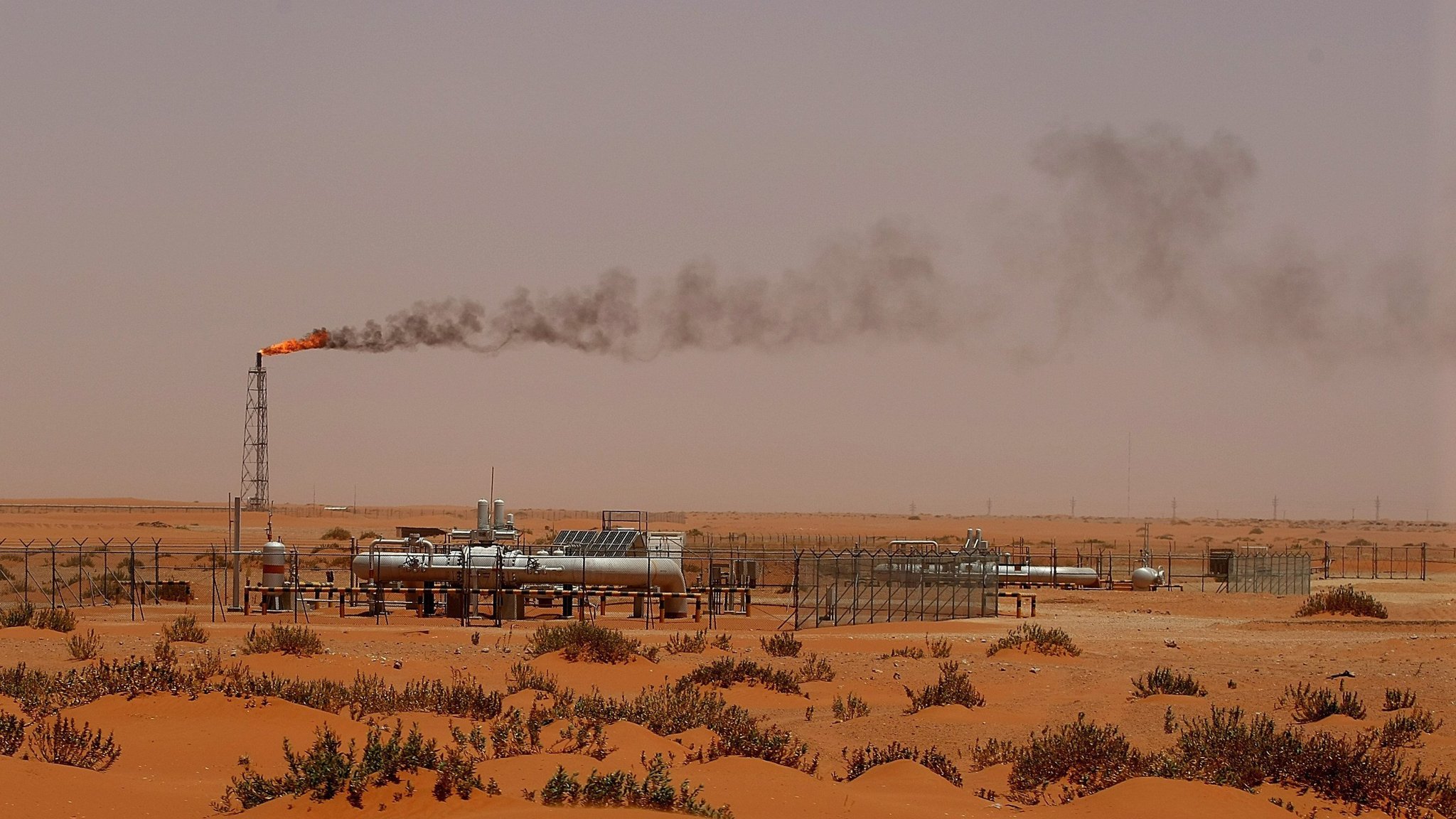The National Iranian Oil Company hopes to finalize deals for four joint oilfields by the end of the present fiscal year in March, according to NIOC official said.
"NIOC is assessing the proposals of foreign companies to develop Abteymour, Mansouri and Changuleh oilfields in the southern Khuzestan Province as well as the offshore oil layer of South Pars Gas Field in the Persian Gulf," Karim Zobeidi, the NIOC's deputy for planning, said.
The first three are onshore fields across the border with Iraq while the South Pars oil layer adjoins Qatar's Al Shaheen field off the Persian Gulf coast.
Changuleh was discovered in 1999 as a result of explorations conducted by a consortium comprising Russia’s Lukoil and Norway’s Statoil. The field's development is estimated to require an investment of $2.2 billion.
Iran's state oil company is assessing the proposals of Norway’s DNO, Russia’s Gazprom Neft PJSC and Thailand’s PTTEP to expand Changuleh oilfield.
Pointing to Abteymour and Mansouri oilfields, Zobeidi noted that Lukoil, Russia’s No. 2 oil producer, as well as Indonesia's state-owned oil and gas company, Pertamina and Danish conglomerate Maersk Group, have already proposed their master plans to take on the petroleum projects.
According to the official, Denmark's Maersk is the frontrunner to win the SP oil layer development rights but the race is still open.
"Negotiations with Maersk are going well but two other firms, including a Russian company, have also voiced their interest in the project," he added.
Denmark's Maersk Oil has been considered as a top candidate to win the oil layer's development rights. The company was recently acquired by French energy firm Total S.A. that holds stakes in an offshore phase of the mega South Pars gas project.
Qatar started crude oil production from the joint field over two decades ago while Iran tapped into the oil layer, pumping an average of 19,000 barrels per day since, data show.
Iran aims to stabilize production from the SP layer at 25,000 bpd and gradually boost output to 55,000-60,000 bpd. The country had drawn over 3.1 million barrels of crude oil from the layer by the middle of last month and a 500,000-barrel oil consignment was scheduled for loading in mid-October.
Tehran hopes to follow through with 10 new oil and gas deals by March, after signing a landmark deal with Total to develop an offshore phase of the South Pars field.
The $5 billion agreement with the French oil and gas producer marked Tehran's first agreement with a top-flight western firm in the Iranian energy market after the removal of sanctions in January 2016.
Iran is pushing to attract foreign know-how and finance to pump more crude oil and natural gas from its joint fields in the south and west of the country.


